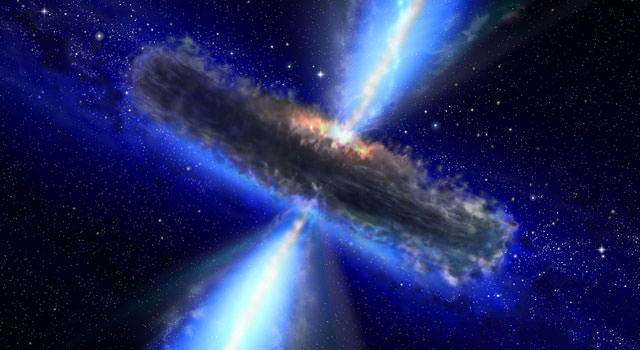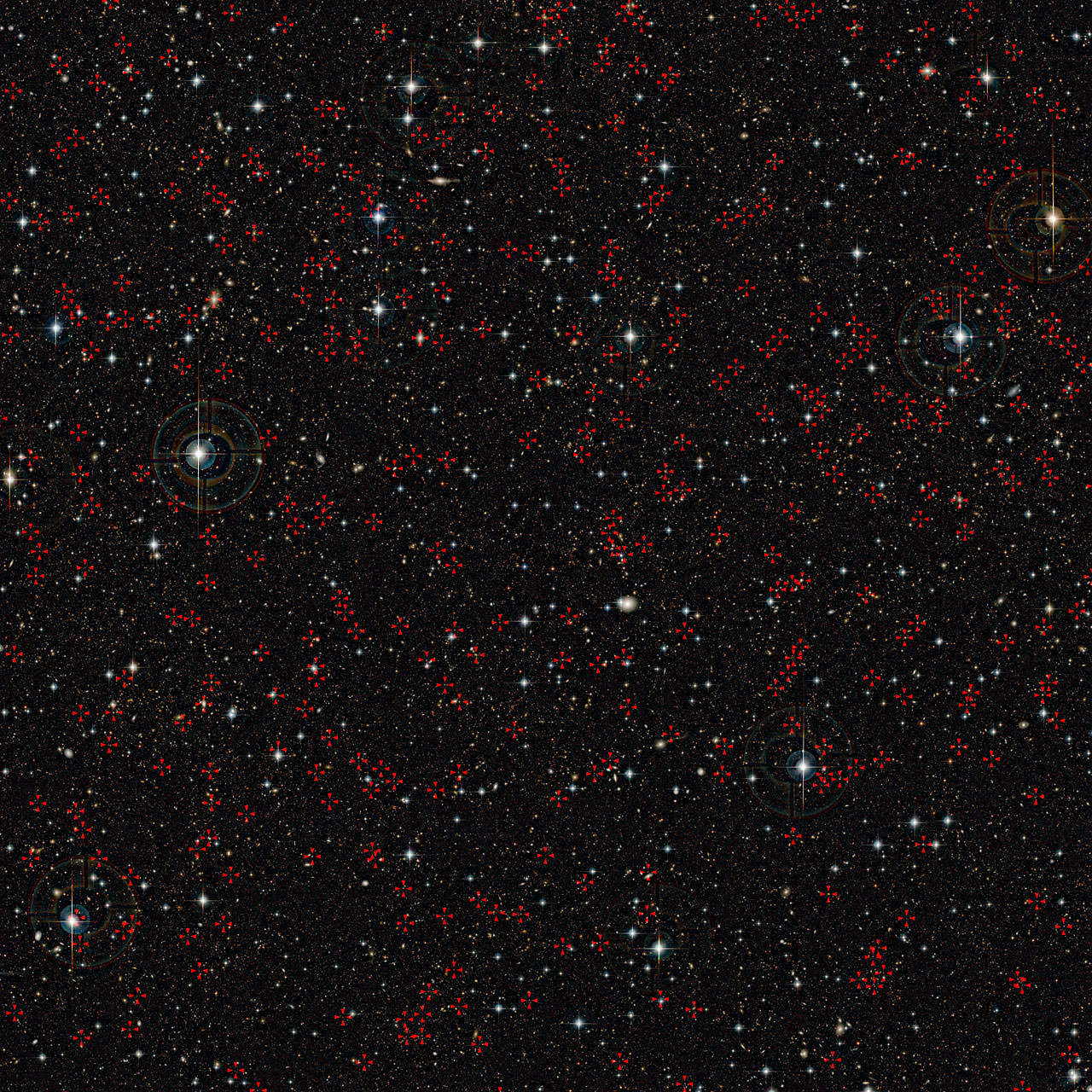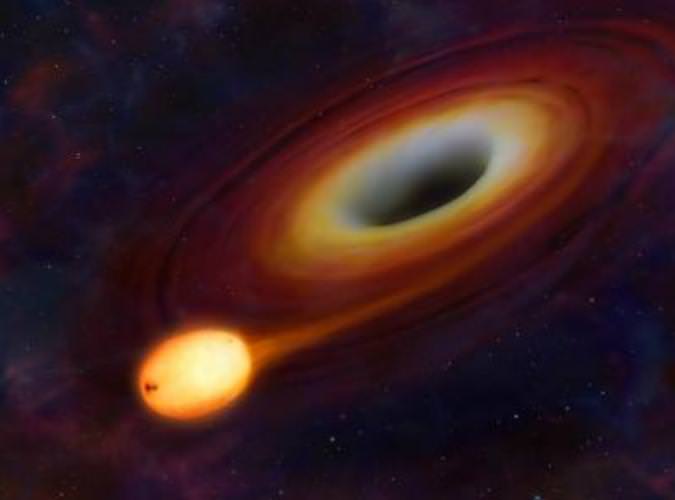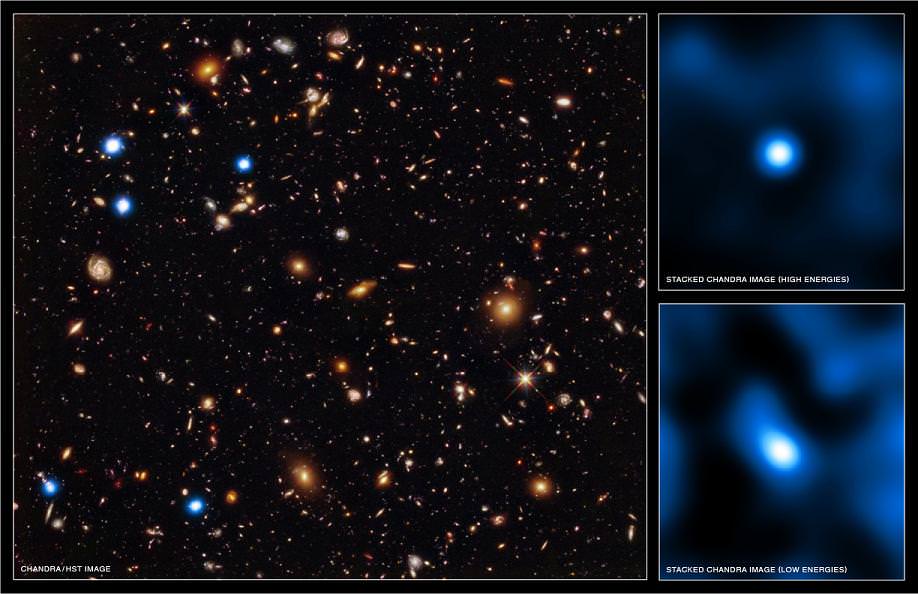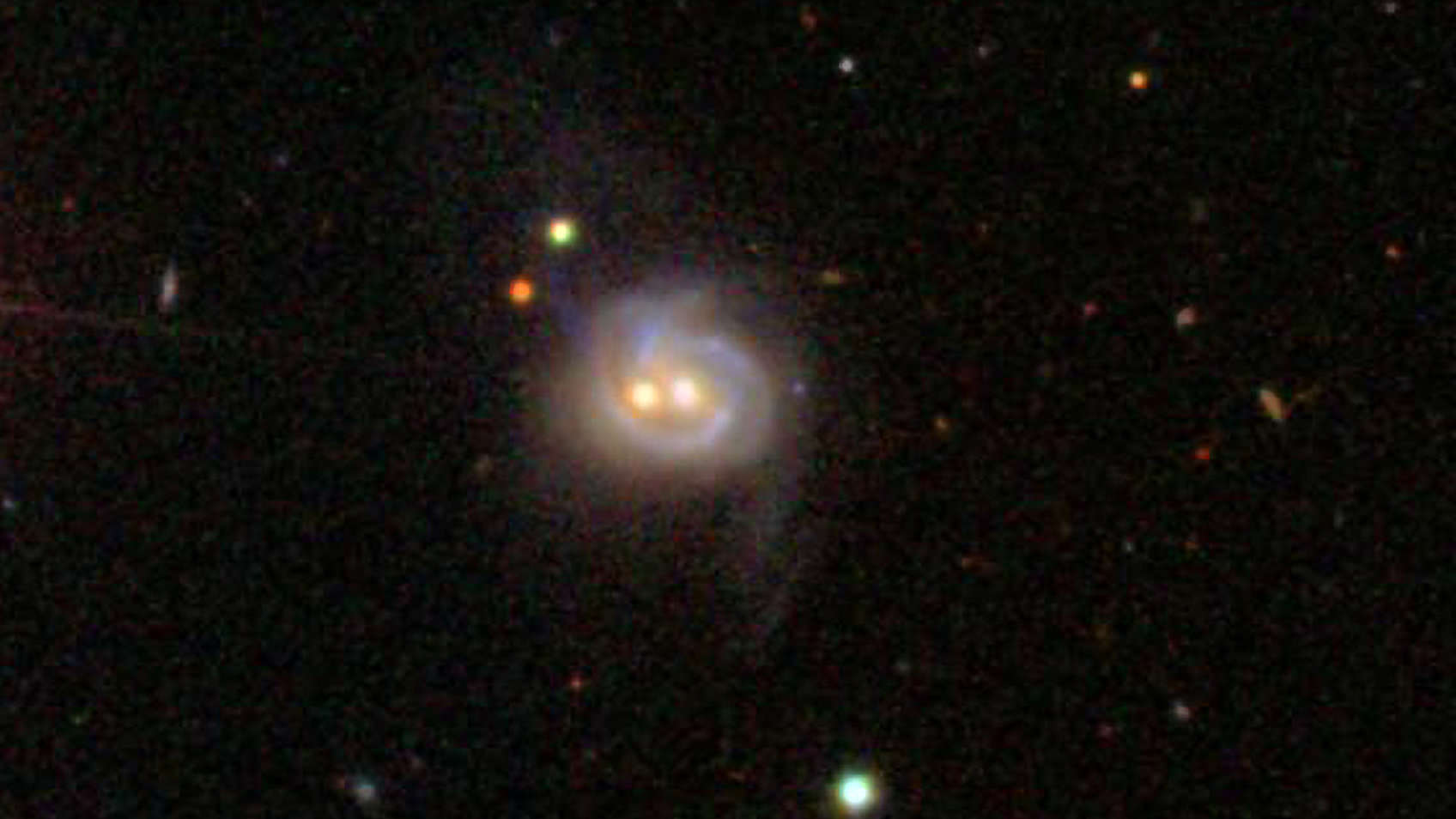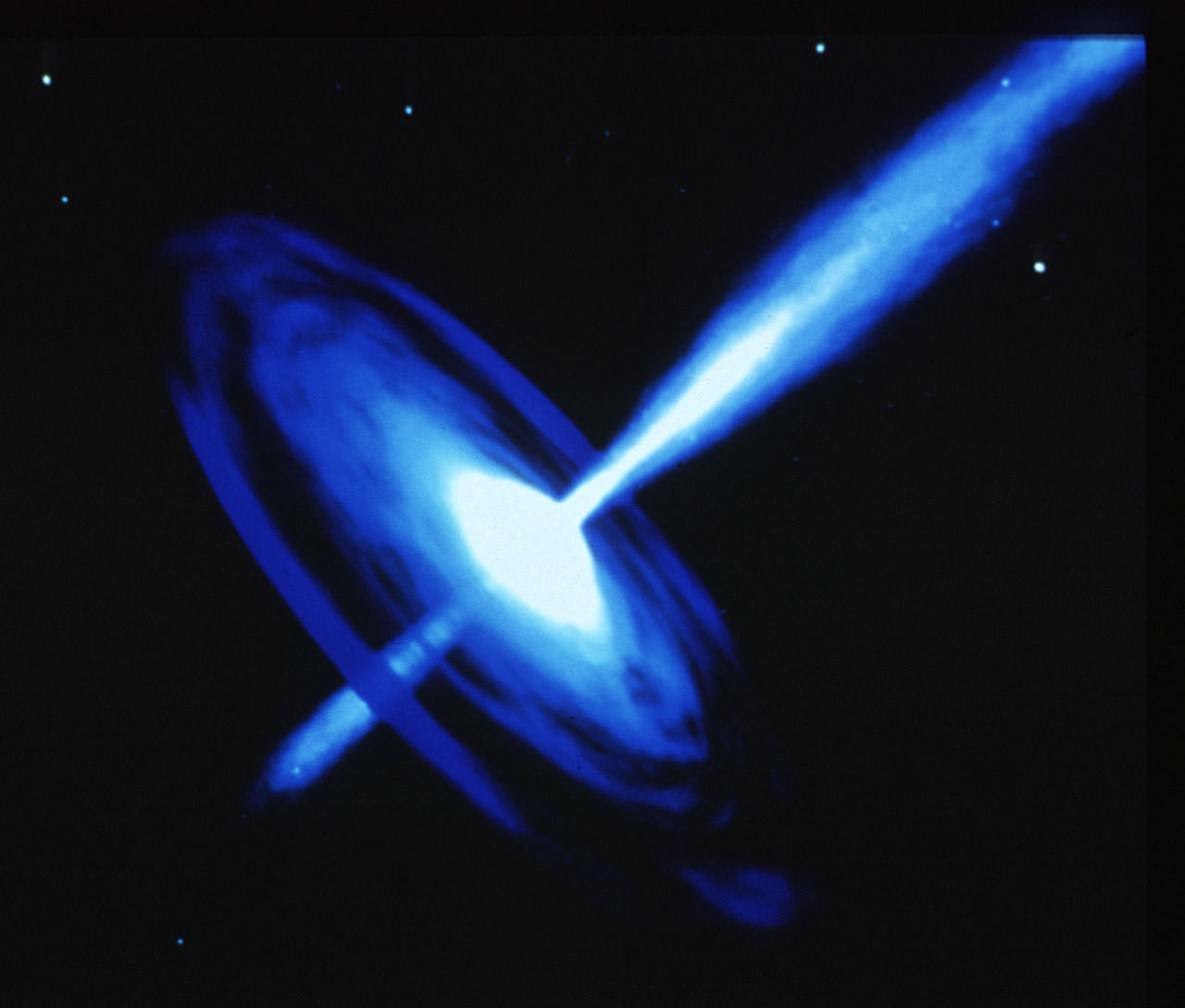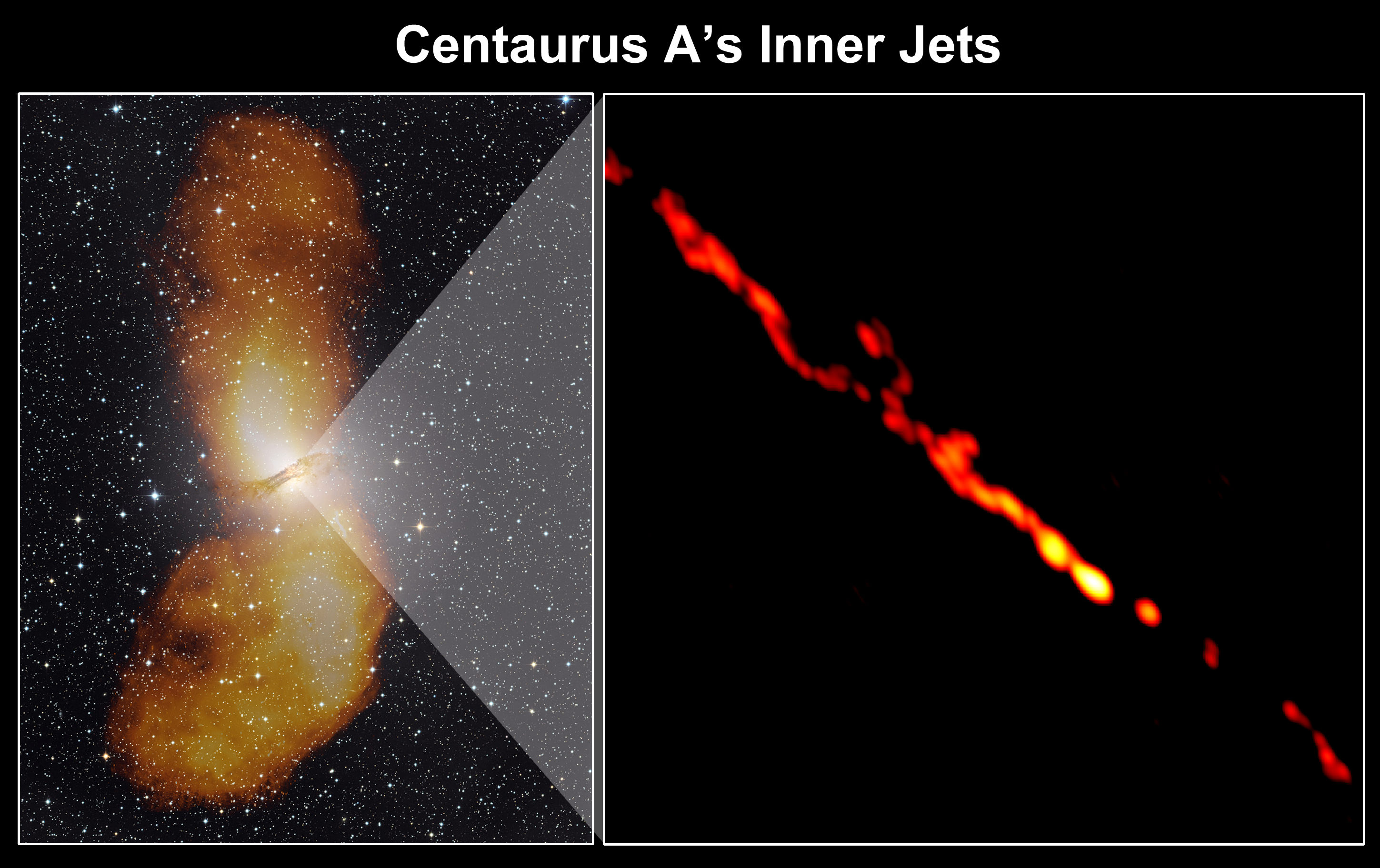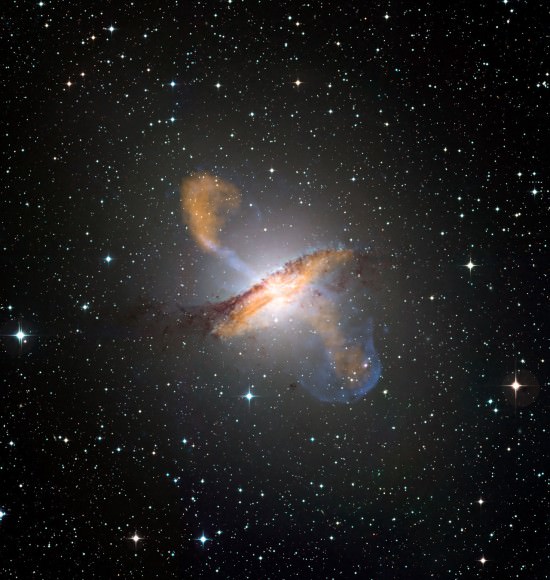[/caption]
Yes. We thought we knew everything there was to know about black holes. We know they are massive and compact. We know they possess a gravity so intense that it even bends “space time”. We know they won’t even allow light to escape. But what we weren’t really prepared for is that our human line of reasoning might be wrong. Black holes might consume everything… But they leak information.
Thanks to a new study done by Professor Samuel Braunstein and Dr Manas Patra of the University of York, we just might need to realign our way of thinking about black holes and one of the most fundamental forces of Nature – gravity. Professor Braunstein says: “Our results didn’t need the details of a black hole’s curved space geometry. That lends support to recent proposals that space, time and even gravity itself may be emergent properties within a deeper theory. Our work subtly changes those proposals, by identifying quantum information theory as the likely candidate for the source of an emergent theory of gravity.”
Are your quantum mechanics a bit rusty? Then blame a few holes in these theories. “This vision was motivated in part by Jacobson’s 1995 surprise result that the Einstein equations of gravity follow from the thermodynamic properties of event horizons.” says the team. “Taking a first tentative step in such a program, we derive the evaporation rate (or radiation spectrum) from black hole event horizons in a spacetime-free manner. Our result relies on a Hilbert space description of black hole evaporation, symmetries therein which follow from the inherent high dimensionality of black holes, global conservation of the no-hair quantities, and the existence of Penrose processes. Our analysis is not wedded to standard general relativity and so should apply to extended gravity theories where we find that the black hole area must be replaced by some other property in any generalized area theorem.”
Like your elderly neighbor whose curtains twitch each time you take your telescope into the yard at night and hastens to grab the telephone to tell other neighbors, information can leak from a black hole. The neighbor knows you’re out there… And soon enough, the rest of the neighbors know as well. Professor Braunstein says: “Our results actually extend the predictions made by well-established techniques that rely on a detailed knowledge of space time and black hole geometry.”
Dr Patra adds: “We cannot claim to have proven that escape from a black hole is truly possible, but that is the most straight-forward interpretation of our results. Indeed, our results suggest that quantum information theory will play a key role in a future theory combining quantum mechanics and gravity.”
For Further Reading: Black Hole Evaporation Rates without Spacetime. Original News Source: University of York News Release.


